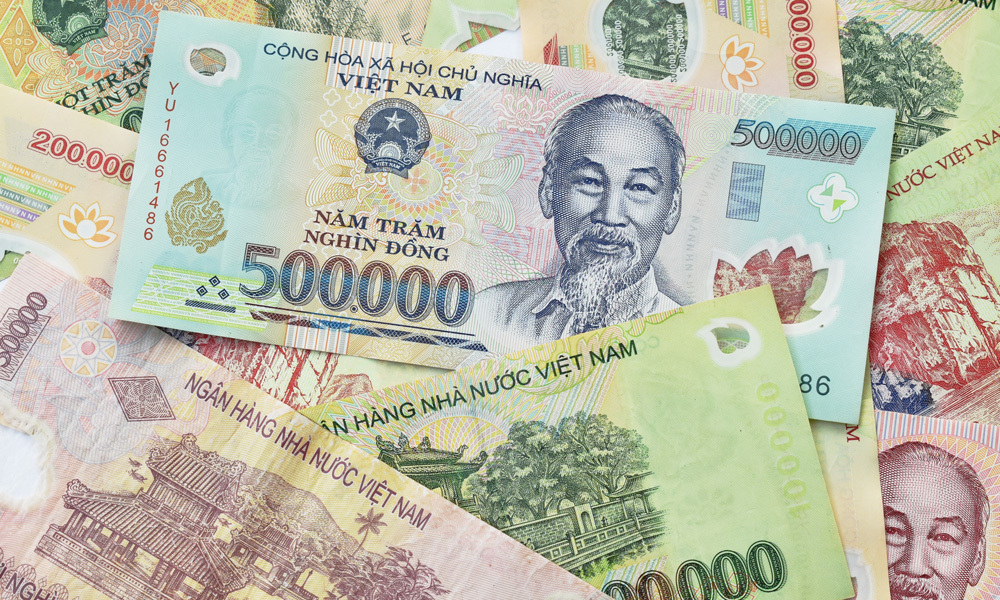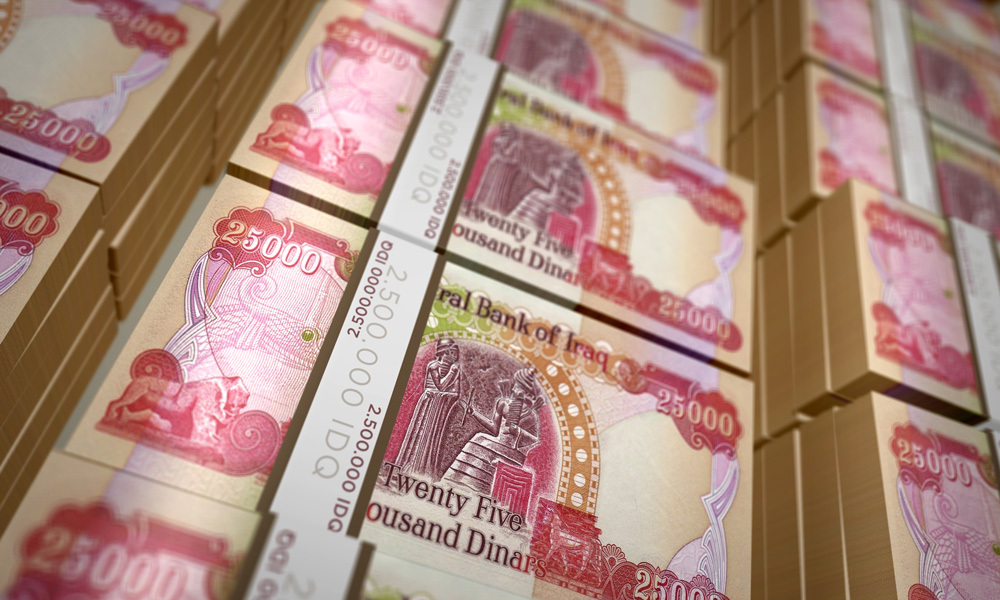Stella Takes the Stage in Dallas
In 1879 the US was taking its place as a major international trading partner. With the horrors of the Civil War behind it, the nation’s farms and factories were in full swing and overseas markets were looking more favorably on US goods. American merchants travelled throughout Europe in search of buyers, accompanied by a growing number of prosperous tourists.
But Europeans, who were accustomed to local currencies, had trouble getting used to the gold and silver coins the Americans carried since many had no European equivalents.
A Stellar Solution
Previous attempts at getting Congress to approve an “international coin” had failed, but in 1879 the US minister to Austria, himself a former congressman, suggested a coin equivalent to the Austrian 8-florin piece. It was widely accepted in Europe and its gold content was roughly equivalent to four US dollars.
The Treasury and Congress agreed the idea had merit and authorized design of an 85% gold, 22mm coin to proceed. Two designs were produced, one by each of two prominent coin designers, Charles E. Barber and George T. Morgan. Keeping with US coin tradition, each design featured Lady Liberty on its face (obverse). Barber portrayed her with flowing hair; Morgan pictured her hair coiled tightly in a bun. Liberty’s bust was surrounded by four common European units of measure to help its value be understood.
The coin’s reverse was designed by Barber. It had a large five-pointed star in its center with One Stella and 400 Cents inscribed inside it. E Pluribus Unum arced over the star and Deo Est Gloria (God is Great) below. United States of America curled along the reeded edge above the star with Four Dol. below.
Due to the prominent star on the reverse, the coin became known as a Stella.
A Fallen Star
The Stella was an attempt to produce a coin that conformed to the Latin Monetary Unit standard in use at the time, but minor variations from the standard weight and purity of the European cons caused Congress to lose interest in pursuing the project.
Four hundred twenty-five Flowing Hair proof coins were minted in 1879 with an additional 35 struck in 1880. Only 20 Coiled Hair coins were made in 1879, followed by 10 more in 1880. Many were sold to prominent collectors and members of Congress as souvenirs (at $6.50) and several stayed in the Mint’s vaults, presumably melted down later. Rumor has it that some found their way into jewelry worn by madams operating high-class bordellos in DC.
Rarity and Value of the $4 Stella
Only 490 Stellas are known to have been officially struck, although that number isn’t totally reliable. The Flowing Hair design by Barber accounts for most; 425 were struck in 1879 and 35 more in 1880.
Morgan’s Coiled Hair Stella was minted only 20 times in 1879 with 10 more struck in 1880, making them by far the rarer of the two versions.
Professional Coin Grading Service (PCGS) estimates that 243 1879 gold Stellas survive, 187 in PCGS Grade 60 or better. A PR64 1879 Flowing Hair Stella sold for $431,250 in 2008. A PR67 1880 coin brought $959,400 at auction in 2013. A much rarer 1879 PR65 Coiled Hair Stella went for $881,250 at auction in 2015 and a PR67 1880 coin, one of only five known survivors, set the record for a $4 Stella in 2015, bringing $1,821,250.
Stella’s Dallas Debut
The $4 Stella rarely comes to market, but if you want one of your own, head to the Heritage Auctions 2019 US Coins Signature Auction March 14-16 at their Dallas headquarters where a previously unknown 1879 Flowing Hair $4 Stella will be offered.
Discovered among a deceased aunt’s possessions in Massachusetts (along with several US and Spanish gold coins and a landscape by Corot estimated to be worth around $200,000), the coin, know as the Stockbridge Stella, is graded PR67 Cameo. Will it top the 2008 record of $431, 000? We’ll know soon enough,
Meanwhile, you can follow the action on the Heritage Auctions website.



